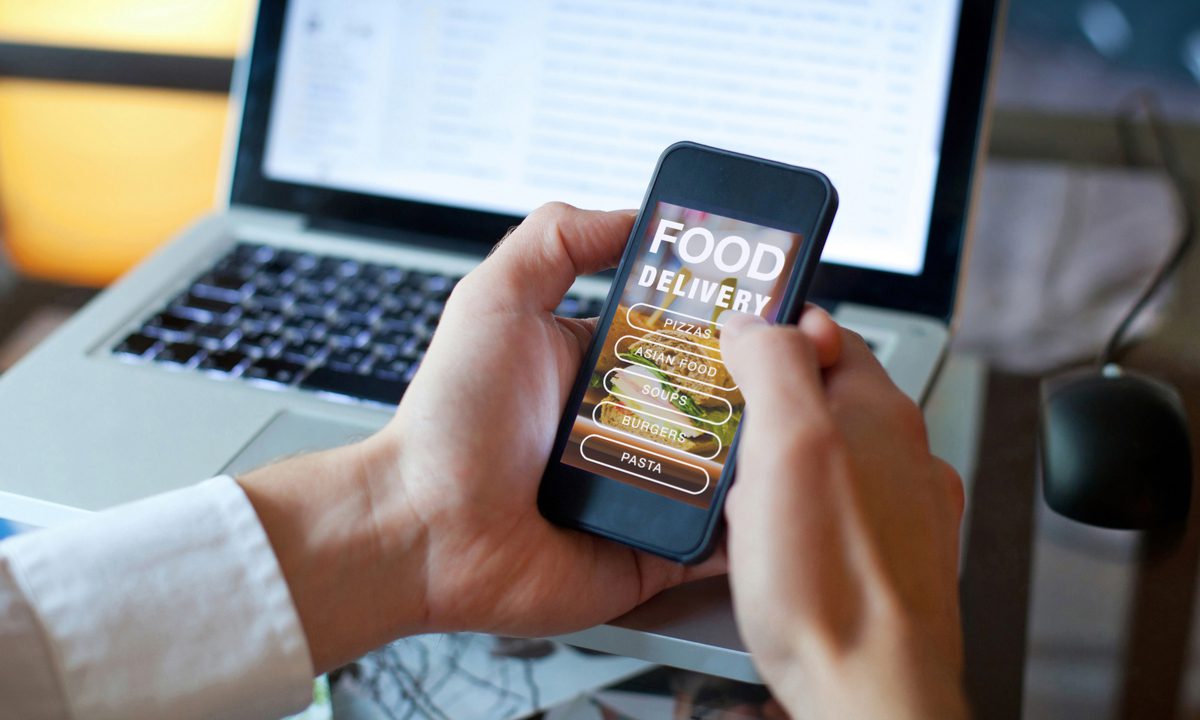
As restaurants race to capture consumers’ increasing adoption of mobile ordering channels, many brands have launched apps to meet this newfound demand for instant convenience. However, while some of these apps have become a mainstay of many diners’ lives, others have failed to provide much value.
Tim Weiderhoft, CEO of Wow Wow Hawaiian Lemonade, a growing fast-casual chain with 13 locations in the United States and abroad, said in an interview with PYMNTS that, for a restaurant’s app to be successful, the brand needs to offer a purpose for using it that goes beyond the desktop web ordering experience. If a brand cannot provide that, it is better to hold off on launching until the app has more to offer.
“There has to be a meaningful reason for a customer to download that app, whether it be the connectivity to the loyalty program, the ability to see more information across other stores, [et cetera],” he said. “What’s driving the customer to want to keep that app and actually utilize it? Unless you can create [an app] that’s compelling like that, I think it’s better to wait.”
Certainly, some restaurant apps are more successful than others. PYMNTS’ Provider Ranking of Mobile Order-Ahead apps, based on a proprietary combination of publicly available information and app use data to which PYMNTS has access, found that some chains, such as Starbucks and Domino’s, are nailing it in the mobile app space, while others, such as White Castle, are flopping.
Read more: Mobile Order-Ahead App Ranking Sees a Three-Way Tie for First Place
Going Mobile
Granted, restaurants that offer mobile ordering outperform those that do not. Research from PYMNTS’ 2022 Restaurant Friction Index, created in collaboration with Paytronix, found 100% of top performing restaurants offer the ability to order online and pick up items in-store via website or mobile app. In contrast, only 33% of bottom performers offer the same.
See more: Loyalty Programs Best Way to Get Diners to Spend More
Still, an app that is unpleasant to use can be a deterrent for a significant share of consumers. For instance, the index also noted that, of the 58% of consumers who do not use aggregators, 12% steer clear because they dislike the app’s ordering and payment experience.
“Customers want a seamless, smooth, frictionless ordering experience where they can customize what they want, communicate digitally and see that what they think they’re getting is what they’re actually getting,” Weiderhoft said.
A Light Touch
Weiderhoft said it is important for a loyalty program to both offer a personalized experience and to exercise moderation in terms of promotional messaging.
“Having a loyalty program that is focused on allowing the customer to choose what they want and what’s important to them — I think that’s a differentiator,” he said.
Indeed, different consumers look for different features in restaurant apps and websites. PYMNTS’ November report, “Digital Divide: Aggregators and High-Value Restaurant Customers,” created in collaboration with Paytronix, found that 47% of restaurants’ highest-spending, highest-frequency customers are motivated by discounts and offers to order directly from restaurants. Meanwhile, 42% are motivated by loyalty programs and 36% by the availability of special items.
Read more: Restaurants Fight Back Against Aggregators With Promotions and Loyalty Programs
Additionally, restaurants risk alienating consumers if they bombard them with messaging rather than strategically choosing opportune moments to surface promotions and offers. Weiderhoft cautioned against “over-communicating” to loyalty members about “specials or [limited time offers (LTOs)] or any of that kind of stuff.”
The Delivery Disadvantage
While restaurants are significantly less dependent on third-party delivery aggregators than they were in the early stages of the pandemic, they still face challenges driving adoption of direct ordering channels.
Weiderhoft noted that smaller brands do not have the same opportunities that major chains do when it comes to incentivizing pickup orders from restaurants’ own apps and websites. He cited the examples of Domino’s initiative to “tip” consumers to come pick up their own food instead of ordering delivery and of other restaurants’ moves to offer gift cards to incentivize direct ordering.
Smaller brands, meanwhile, are forced to rely on other means. He added that, for brands to succeed across first- and third-party channels, it is crucial to maintain consistency in terms of how they showcase their menus across platforms.
Granted, the strategies that work right now may be very different than the strategies key to success in coming years, given the rapid pace of the industry’s transformation.
“What we do now as a restaurant industry versus what we did five, six, seven years ago has already dramatically changed, and that’s pretty cool because the 20 years before that, there was a whole lot less change,” Weiderhoft said. “So, I’m excited to see what the future holds for our industry.”